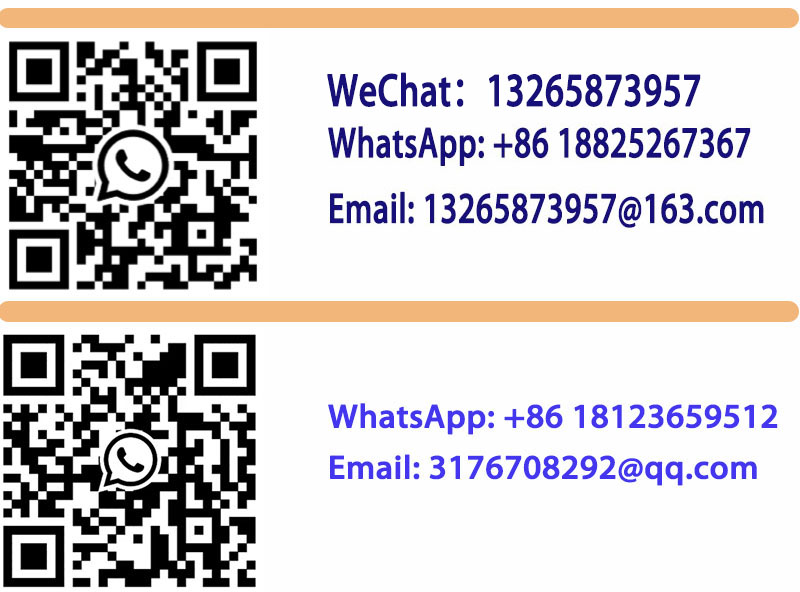The pull-rod sensor is usually designed to measure force or displacement, and it can be used for both tension and compression according to its specific design. This means that they can measure both tensile force (the force generated when an object is stretched) and pressure (the force generated when an object is compressed). This type of sensor is very common in industrial applications, such as mechanical engineering, automatic production line, experimental testing and other fields.
The working principle of pull-rod sensor is generally based on strain gauge technology. When a force (whether it is tension or pressure) is applied, the strain gauge inside the sensor will be deformed, thus overthrowing its resistance value. By measuring the change of resistance, the force applied to the sensor can be calculated.
However, not all pull-rod sensors are used for both tension and compression. Some sensors may only be designed for one-way use, that is, they can only be used to measure tension or pressure, which depends on the design intention of the manufacturer and the requirements of the application scenario. Therefore, when selecting the Lacun sensor, it is necessary to clearly understand whether it supports two-way measurement and the specific range and other parameters.
The following are the main application areas of some pull-rod sensors:
Industrial automation: In industrial automation control systems, pull-rod sensors are often used to detect the position of mechanical parts to ensure that the equipment runs accurately according to preset procedures, for example, in the aspects of position feedback of robot arms and component positioning on automated assembly lines.
Mechanical processing: In plastic processing machinery, wood processing machinery, CNC machine tools and other equipment, pull-rod sensors are used to monitor the precise position of tools or workpieces, and improve processing accuracy and efficiency.
Hydraulic and pneumatic systems: In hydraulic cylinders and pneumatic actuators, pull-rod sensors can monitor the position of pistons in real time and realize precise control, which are widely used in various heavy machinery and automation equipment.
Automobile manufacturing: In the process of automobile production and testing, it is used to detect the assembly position and crack width of automobile body parts to ensure the quality and safety of vehicles.
Civil engineering: In the construction and maintenance of large-scale construction projects such as bridges and tunnels, pull-rod sensors can be used to monitor structural deformation and ensure engineering safety.
Geological monitoring: In the early warning system of geological disasters, such as landslides and land subsidence monitoring, pull-rod sensors can provide key data to help predict and prevent natural disasters.
Scientific research and education: in laboratory research and teaching demonstration, pull-rod sensors are used in measurement and teaching experiments to help students understand physical phenomena and engineering principles.
Medical equipment: In some precision medical equipment, such as surgical robots and medical imaging equipment, pull-rod sensors are used to ensure the accuracy and safety of equipment operation.
Packaging machinery: in the packaging industry, it is used to detect and control the position of packaging materials to ensure the smooth progress of packaging process.
Environmental monitoring: in environmental monitoring equipment, it is used to measure environmental parameters such as liquid level and air pressure to support environmental management and protection.
In a word, because of its flexibility, high precision and reliability, the pull-rod sensor has a wide range of application values in situations that need accurate positioning or measurement. Different types and specifications of pull-rod sensors can be selected according to specific needs to meet the requirements of various application scenarios.
Contact: JingPing Xie
Phone: +86-18123659512
E-mail: kaidc@kaidechang.com
Whatsapp:+86-18123659512
Add: Room 303, Longxin Building, No. 38, Nanlian Road, Nanlian Community, Longgang Street, Longgang District, Shenzhen, Guangdong, China
We chat
